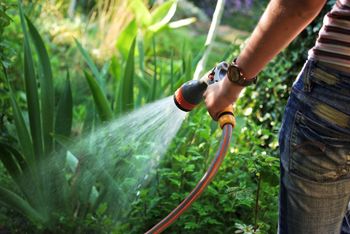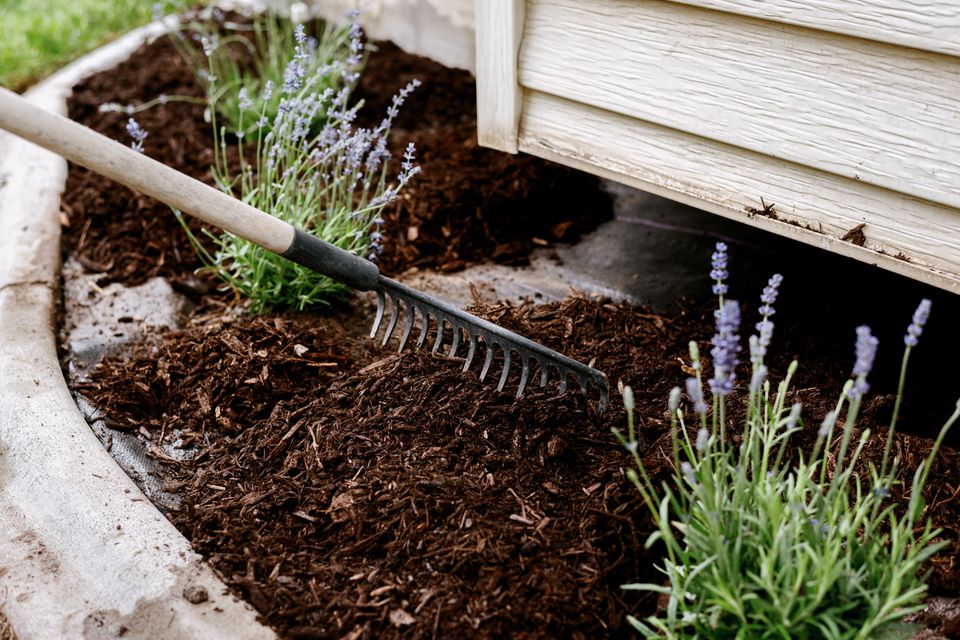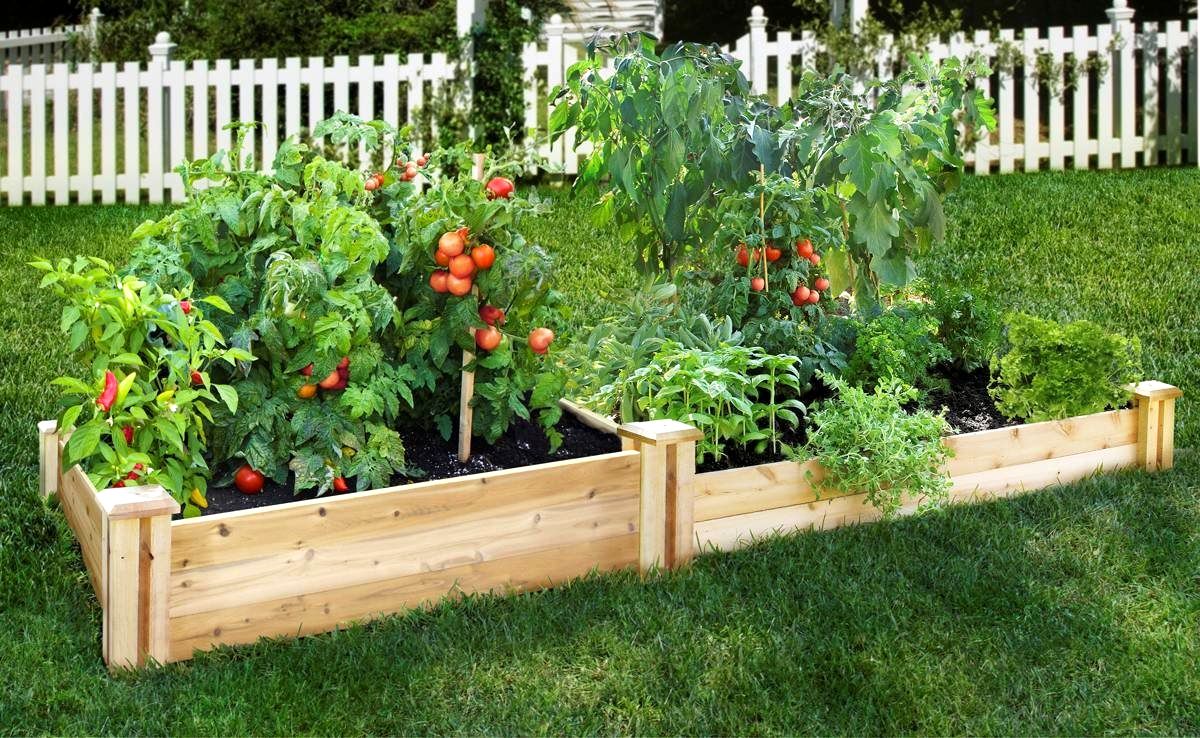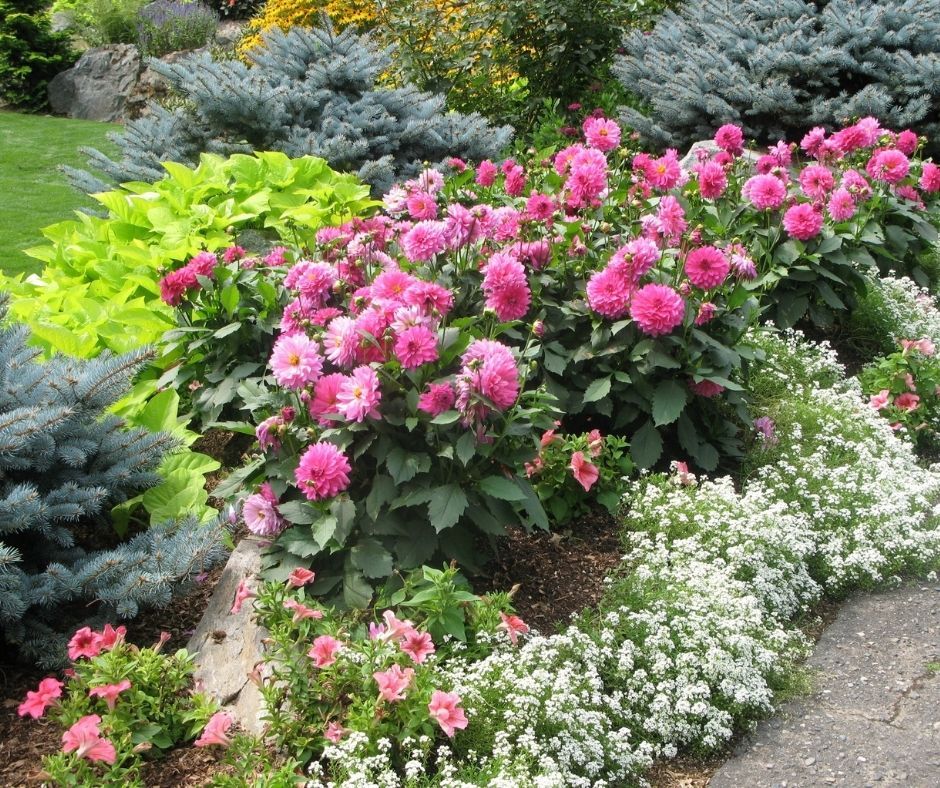Save Time and Money with These Efficient Garden Watering Tips
By jessica • June 8, 2023

If you have been struggling with the heat of the summer or the lack of rain in certain parts of the country, you are NOT alone. Watering is the cornerstone of a thriving garden. It may seem like a simple task, but getting it right can make all the difference in nurturing healthy, vibrant plants. And when water is hard to come by or there are serious regulations, it's important to make sure you are watering as efficiently as possible.
In this blog post, we'll explore essential tips and tricks to help you master the art of watering your garden, go give your plants the best opportunity to flourish and thrive.
Join our Newsletter
Sign up for our email list to receive exclusive promotions and landscape design inspiration.
Establishing New Plants takes Extra Water
When it comes to establishing plants in their initial years, providing them with extra water is crucial for their successful growth and development. During this critical period, plants are working hard to establish a strong root system, which is essential for nutrient absorption and overall stability.
Adequate water supply helps encourage root growth and enables the plant to establish itself firmly in the soil. Additionally, young plants have smaller root systems and less capacity to absorb moisture compared to mature ones. Extra watering ensures that these young plants receive enough hydration to meet their growing needs, especially during hot and dry weather conditions.
By providing ample water during the first three years, you give your plants the best chance to thrive, establish themselves firmly, and lay a solid foundation for a vibrant and healthy garden.
Water your Front Yard & Backyard (properly and as needed)
After hours of baking in the heat, your plants (grass included) will be as thirsty as you are! We have to adjust our watering routines depending on what is happening weather-wise. A simple test can be done to determine if your plants need more water. Feel the soil several inches below the surface. If it’s dry an inch or two below, that is a good indicator that you have thirsty foliage. If it's moist, leave it for now and you can wait before watering
Soak Your Garden Deeply
Properly soaking your landscape deeply is essential to ensure that water reaches the roots of your plants and promotes healthy growth. Direct the water to the base of the plants, where it can soak into where the roots are located Watering deeply is way more effective than frequent shallow watering where the water won't reach your plant root zone.
Watering the Garden Late or Early
The hot sun will cause the water on the surface of your soil to evaporate quickly. To combat this, you should be watering your grass and plantings either early in the morning or in the evening as things cool off. This will give the roots a chance to soak up as much as they can. Avoid watering at the hottest parts of the day to save on using large amounts of water.

Protect Veggies and Sprouts in Summer Heat
Some plants, especially some produce and young seedlings, can be scorched in extreme heat and sun exposure. Tomatoes, squash, peppers, and legumes may drop their leaves or blossoms due to heat stress. Try setting up a shade cover, which will be available at most garden centers. Alternatively, you can create your own using stakes and a piece of landscape fabric or even a bed sheet!
Chose the Right Watering System
Use a soaker hose, drip irrigation system, sprinkler system or a watering wand with a gentle shower setting to ensure a slow and even distribution of water. Determine which watering system is best for your lifestyle and garden.
Opt for a smart watering system that can adjust based on the weather. Therefore you won't waste water if you recently had rain and the ground is already wet, ultimately helping the environment and your wallet.
Mulch to protect your plants
Mulch is invaluable for most planting beds. It provides a constant cycle of nutrients, combats soil loss, and tends to leave a garden looking neat and cared for. It also does wonders in shading soil from hot, direct sunlight and retaining moisture in the soil. It acts as a barrier of little woodchip sponges above the soil surface, taking the brunt of the evaporation so that the soil can thrive. When it comes to regions experiencing extreme heat, mulch is a must.
*Pro Tip: create a circular mound of mulch around the trunk of your trees and woody shrubs, leaving at least a few inches to a foot of space from the trunk. Then, water into the center. The mulch mound will keep water from running off, and ensure a slow-percolating soak to the tree’s roots.

Move Potted Plants Indoors
For any potted plants, consider moving them into shade or indoors entirely during the hottest days. Their above-ground roots are much more vulnerable to the heat than in-ground plants which benefit from lower soil temperatures. If your pots contain vines or can’t be moved somehow, consider creating shade conditions as mentioned above.
Monitor Leaves for Signs of Heat Exhaustion
Heat exhaustion? Yes, it's a thing! This is what you need to look out for.
Wilting Leaves Need More Water
Dried-up looking leaves will be the first symptom of a plant needing more water. Act fast! Give plants with wilting leaves a good, hearty watering.
See the Signs of Sun Scorching
Some plants can simply fall victim to too much sunlight. This will show itself in yellowing or browning leaf margins or spots. Find a way to provide shade for the plant. Damaged leaves will likely drop off, but can later be replaced. Additionally, check the plant’s recommended sun exposure and consider relocating it once it has returned to a healthy state.



Consider Xeriscaping your Yard
Do you live in a place where extreme heat either already is, or is becoming, the norm? If so, you will likely benefit from following the principles of xeriscaping. This means designing low-water landscapes with plants chosen specifically to thrive in your local climate. The principals of xeriscaping include ways to improve soil, how to water efficiently, and alternatives to turfgrass. With more and more people experiencing extreme heat events and the ongoing scarcity of freshwater in regions of the world, these principles are becoming ever more pertinent.
Choose Heat Tolerant Plants for a Water Efficient Landscape Design
Part of your xeriscaping journey is to include drought tolerant and heat tolerant plants in your landscape. Here are a few suggestions to get you started:
- Purple Coneflower (Zones 3-8)
- Yucca (Zones 5-10)
- Shasta Daisy (Zones 5-9)
- Viburnum (Zones 2-8)
- Sedum spp. (Zones 6-10)
Know your hardiness zone when planting so you choose appropriate plants for your region and always make sure to follow the sunlight/ shade conditions your plants require.

Group Plants Together
Your garden design is important. Grouping plants together based on their watering needs is a smart and efficient approach to gardening. Plants have varying water requirements, and grouping those with similar needs can optimize watering practices in several ways. Firstly, it ensures that each plant receives the appropriate amount of water, preventing over or under-watering. By avoiding mixed plantings with drastically different watering needs, you can avoid compromising the health and growth of certain plants.
Additionally, grouping plants with similar watering needs allows for more efficient use of resources. You can water the group as a whole, rather than individually tending to each plant, saving both time and water.
Moreover, when plants with similar water requirements are grouped together, it becomes easier to monitor and adjust irrigation schedules, resulting in better water conservation practices. Ultimately, this thoughtful grouping strategy promotes healthier plants, minimizes water wastage, and simplifies the maintenance of your garden.
Watering Containers
Don't forget about your containers on your front stoop or patio. It's important to make sure you have easy access to make watering simple and not a time consuming chore.

Follow Your Town Guidelines
It's crucial to ensure that you follow your town's codes and regulations when it comes to watering your lawn and garden. These codes are put in place to promote responsible water usage, conserve resources, and maintain the overall well-being of the community. Familiarize yourself with your town's guidelines, which may include specific watering schedules, restricted watering hours, or even limitations on certain irrigation methods.
By following the regulations, you contribute to the sustainable management of water resources and play your part in preserving the natural beauty and harmony of your community.

Get your hands down in that soil and check in on your plants! Chances are they may be feeling the effects of this heat as much as you are. Remember to keep yourself cool and check out Tilly's ways to find shade this summer!
Join our Newsletter
Sign up for our email list to receive exclusive promotions and landscape design inspiration.
Read more about: Gardening Tips